Biology Biomolecules Worksheet
Biology Biomolecules Worksheet is an essential tool for students who want to deepen their understanding of biomolecules in a structured and organized manner. This worksheet provides a comprehensive overview of the different types of biomolecules, their functions, and their significance in living organisms. Whether you are a high school student preparing for a biology exam or a college student studying biochemistry, this worksheet is designed to help you grasp the concepts and reinforce your knowledge on this fascinating subject.
Table of Images 👆
What are biomolecules?
Biomolecules are molecules that are essential to the structure and function of living organisms. They include carbohydrates, lipids, proteins, and nucleic acids. These molecules play critical roles in processes such as metabolism, energy production, growth, and development.
What is the primary function of carbohydrates in biological systems?
Carbohydrates primarily serve as a source of energy in biological systems. When broken down into glucose through various metabolic processes, carbohydrates provide the necessary fuel for cellular functions and activities. Additionally, carbohydrates play a role in cell structure (as components of cell membranes and cell walls) and are involved in processes such as cell signaling and immune response modulation.
Describe the structure and function of lipids in cells.
Lipids are a diverse group of hydrophobic molecules that serve various structural and functional roles in cells. The main function of lipids is to form the structural components of cell membranes, creating a barrier that separates the inside of the cell from its external environment. Additionally, lipids are important for energy storage, serving as a concentrated source of fuel for cells. They also play a role in cell signaling, as some lipids can act as signaling molecules that regulate various cellular processes. Overall, lipids are essential for maintaining the integrity and function of cells.
Explain the role of proteins in biological processes.
Proteins play a critical role in biological processes as they are involved in almost every aspect of cell function. They serve as enzymes that catalyze reactions, transport molecules, provide structural support, regulate gene expression, and participate in cell signaling and communication. Proteins also contribute to the immune system, help in muscle contraction, and serve as antibodies. Overall, proteins are essential for the proper functioning of cells, tissues, and organs in living organisms.
What are nucleic acids and what is their importance in living organisms?
Nucleic acids are macromolecules that play a vital role in storing and transmitting genetic information in living organisms. There are two main types of nucleic acids: deoxyribonucleic acid (DNA) and ribonucleic acid (RNA). DNA carries the genetic instructions for the development, functioning, growth, and reproduction of all living organisms, while RNA is involved in various cellular processes, such as protein synthesis. Without nucleic acids, living organisms would not be able to pass on genetic information or carry out essential cellular functions, highlighting their crucial importance in the biological processes of all living organisms.
Describe the structure and function of DNA in cells.
DNA, or deoxyribonucleic acid, is a double-stranded molecule that carries the genetic information in cells. Each strand is made up of a long chain of nucleotides, which contain a sugar (deoxyribose), a phosphate group, and one of four nitrogenous bases: adenine (A), thymine (T), guanine (G), or cytosine (C). The two strands are connected by hydrogen bonds between complementary bases (A-T and G-C). The function of DNA is to store and transmit genetic information that directs the development, growth, and functioning of organisms. This information is encoded in sequences of the nitrogenous bases along the DNA molecule. During cell division, DNA is replicated to produce identical copies of itself, ensuring that each daughter cell receives the same genetic information as the parent cell. Additionally, DNA serves as a template for the synthesis of messenger RNA (mRNA), which is then used in protein synthesis. Ultimately, the structure and function of DNA are essential for the inheritance and expression of genetic traits in organisms.
How do enzymes facilitate biochemical reactions in cells?
Enzymes facilitate biochemical reactions in cells by acting as catalysts, which means they speed up the rate of a reaction without being consumed in the process. Enzymes lower the activation energy required for a reaction to occur, allowing it to happen more quickly and efficiently. Enzymes achieve this by binding to specific substrates, or reactant molecules, and bringing them together in the correct orientation to promote the formation of product molecules. This enables cells to efficiently carry out essential processes such as metabolism, growth, and repair.
Explain the role of ATP in supplying energy for cellular processes.
ATP (adenosine triphosphate) is a molecule that serves as the primary energy currency in cells. By breaking the high-energy phosphate bonds within ATP through hydrolysis, cells can release energy that powers various cellular processes such as metabolism, protein synthesis, muscle contraction, and active transport across cell membranes. This energy release is utilized to drive endergonic reactions in the cell, allowing it to perform necessary functions for survival and growth. As a result, ATP plays a vital role in providing the energy needed to fuel cellular activities and maintain biological processes.
Describe the different types of carbohydrates and their functions in organisms.
Carbohydrates are classified into three main types: sugars, starches, and fibers. Sugars provide quick energy for metabolic processes, including glucose used by cells for energy production. Starches are complex carbohydrates that serve as a long-term energy storage in plants and animals, slowly releasing energy over time. Fibers, such as cellulose and pectin, aid in digestion by promoting bowel movements and providing a sense of fullness. Overall, carbohydrates play a critical role in providing energy, regulating blood sugar levels, and supporting digestive health in organisms.
What are the key differences between DNA and RNA?
DNA, or deoxyribonucleic acid, stores genetic information in the form of a double helix structure, while RNA, or ribonucleic acid, is typically a single-stranded molecule responsible for translating genetic information into proteins. DNA contains the bases adenine (A), cytosine (C), guanine (G), and thymine (T), whereas RNA uses uracil (U) instead of thymine. Additionally, DNA is found in the cell nucleus, while RNA can be found both in the nucleus and in the cytoplasm. Overall, DNA is more stable and used for long-term storage of genetic information, while RNA is more dynamic and involved in various cellular processes.
Have something to share?
Who is Worksheeto?
At Worksheeto, we are committed to delivering an extensive and varied portfolio of superior quality worksheets, designed to address the educational demands of students, educators, and parents.

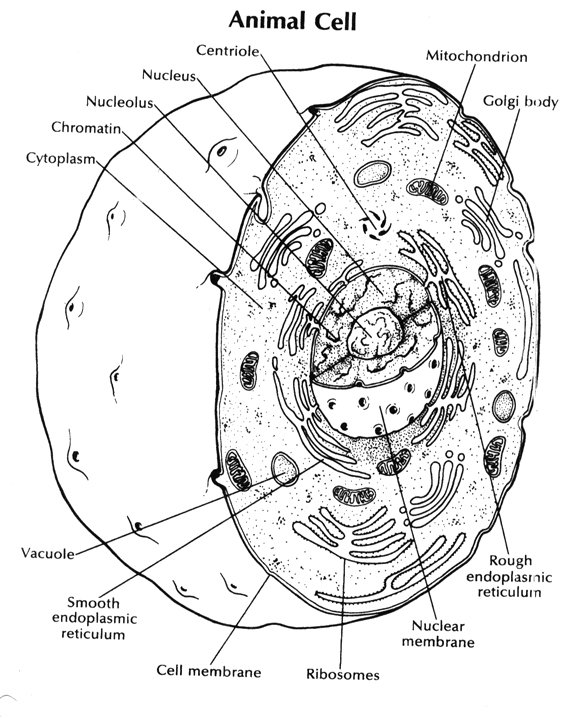



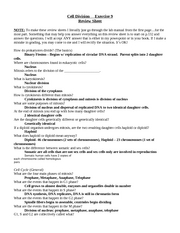
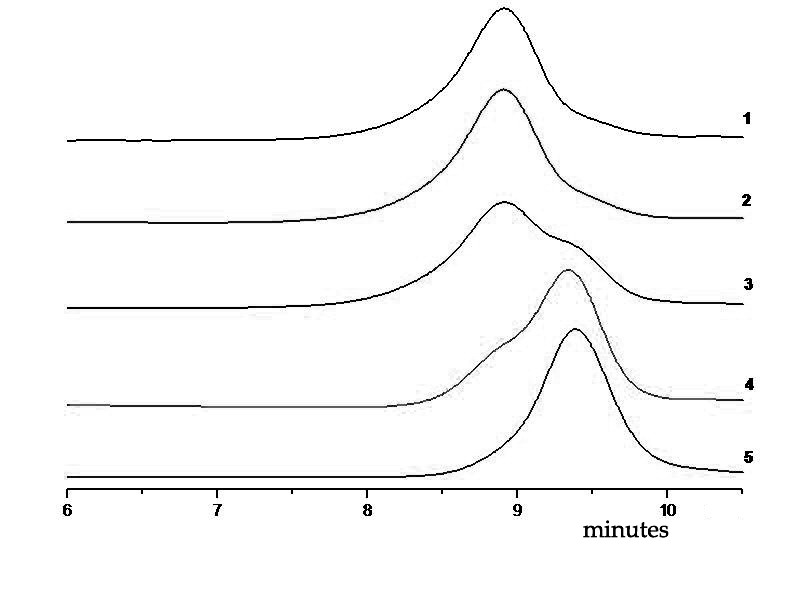
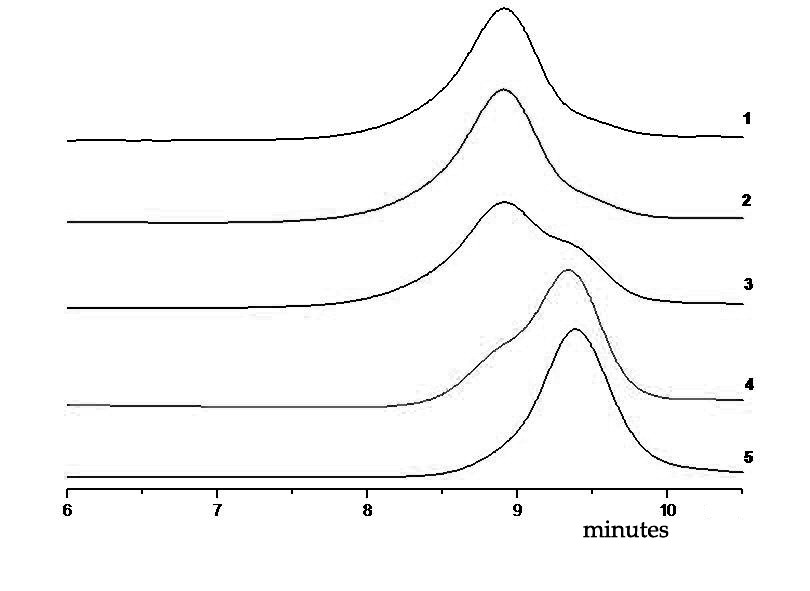
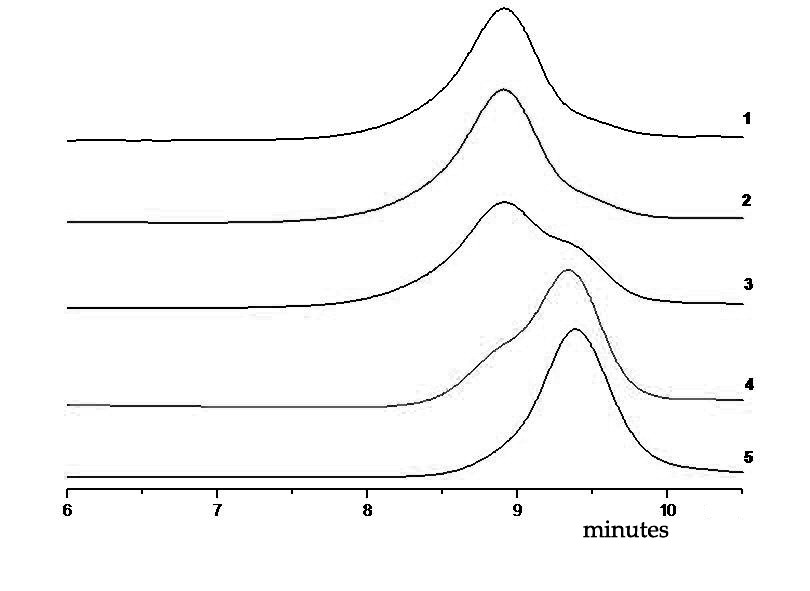
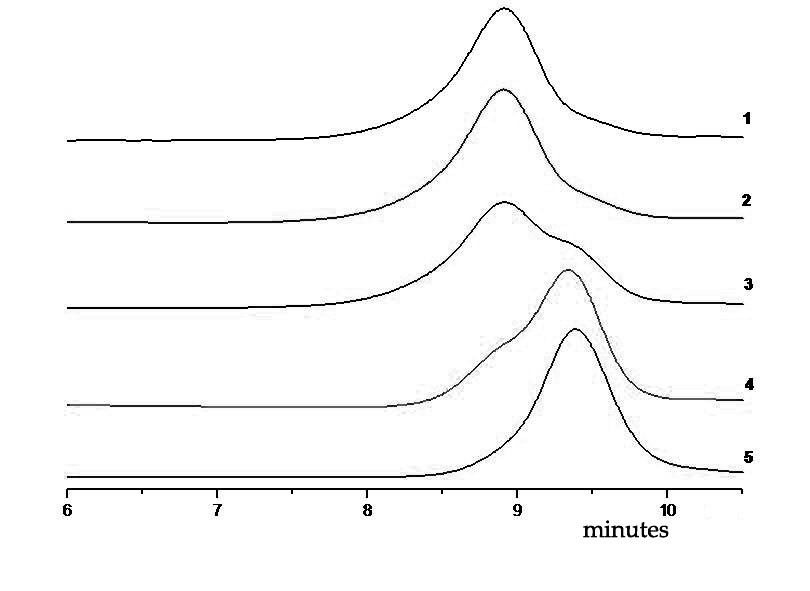

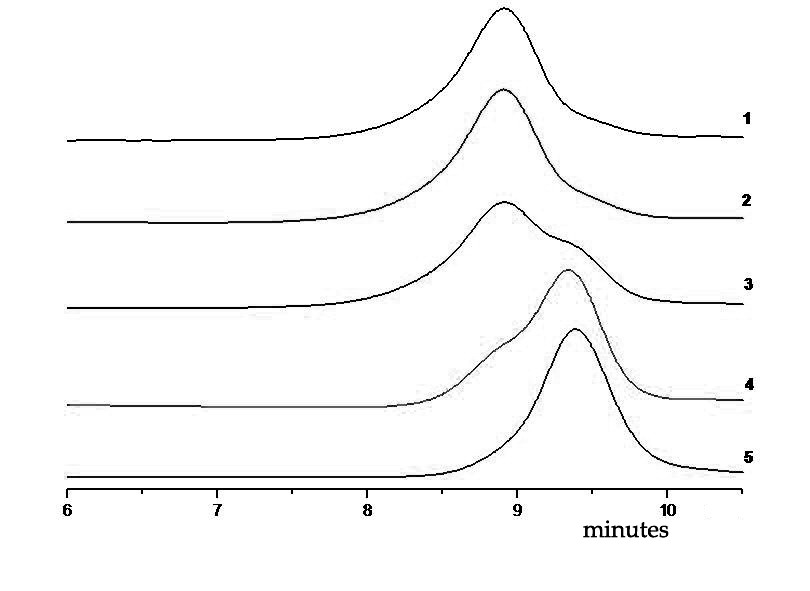
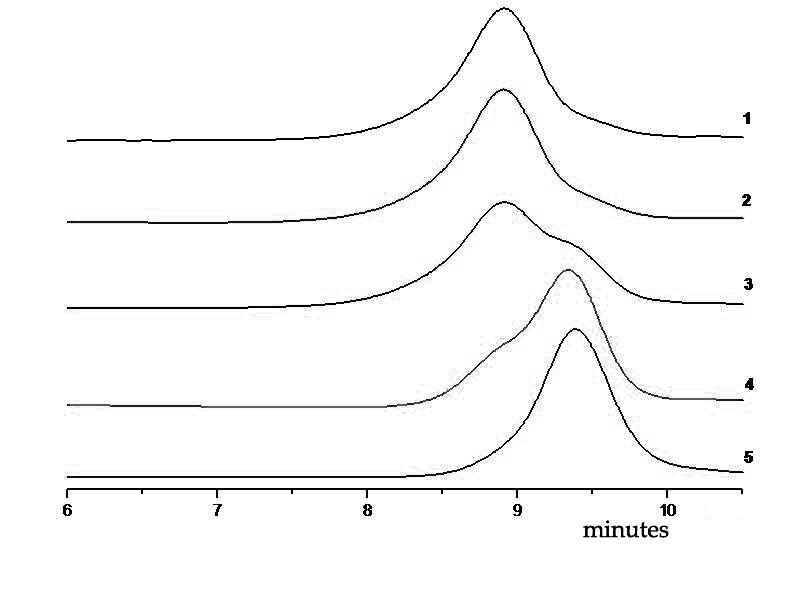
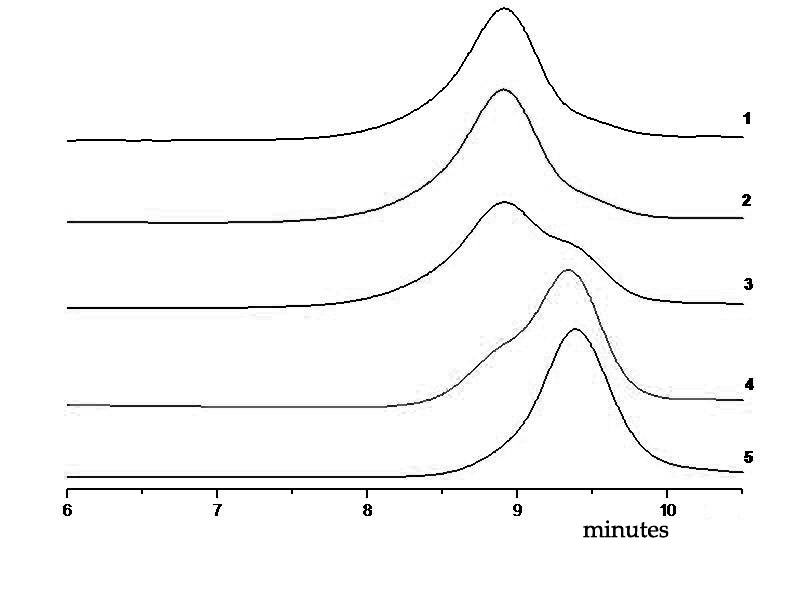
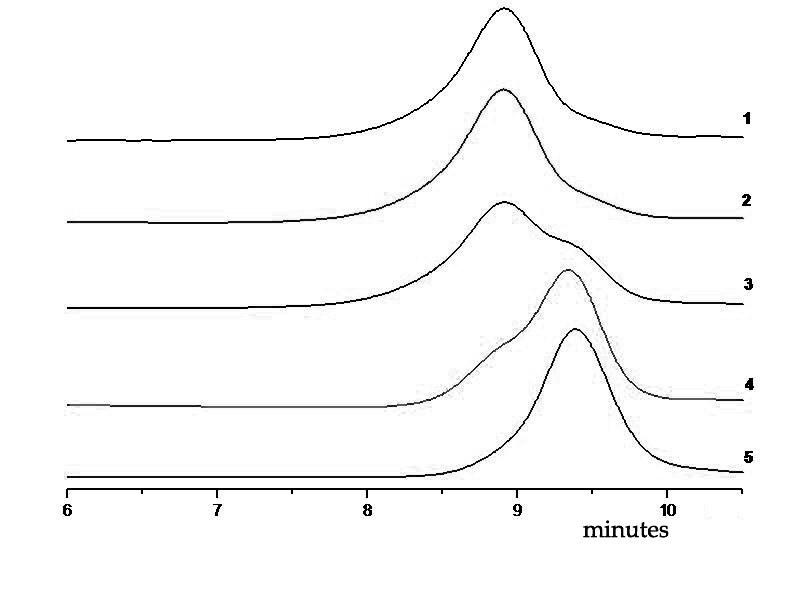
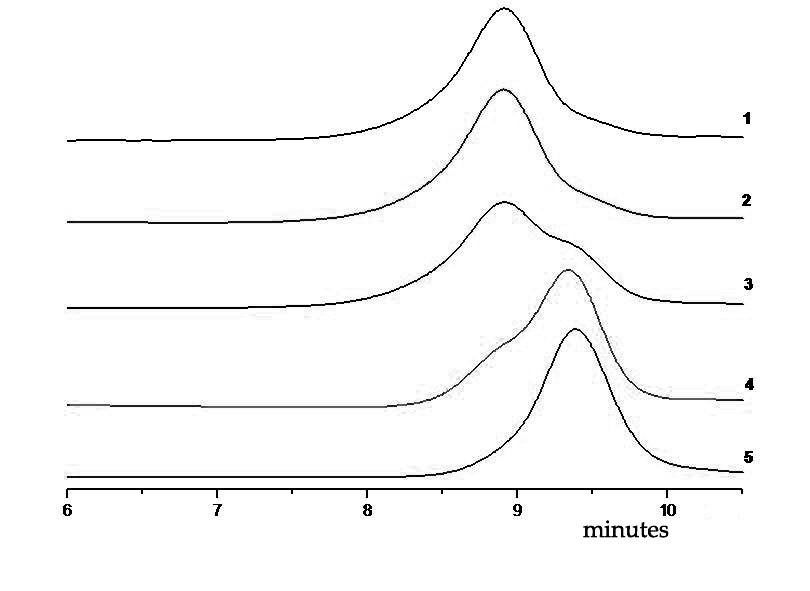
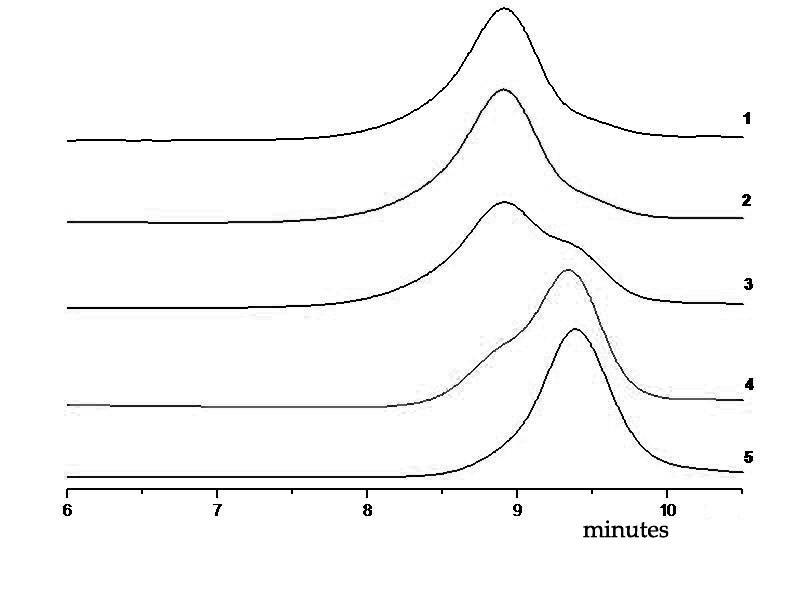
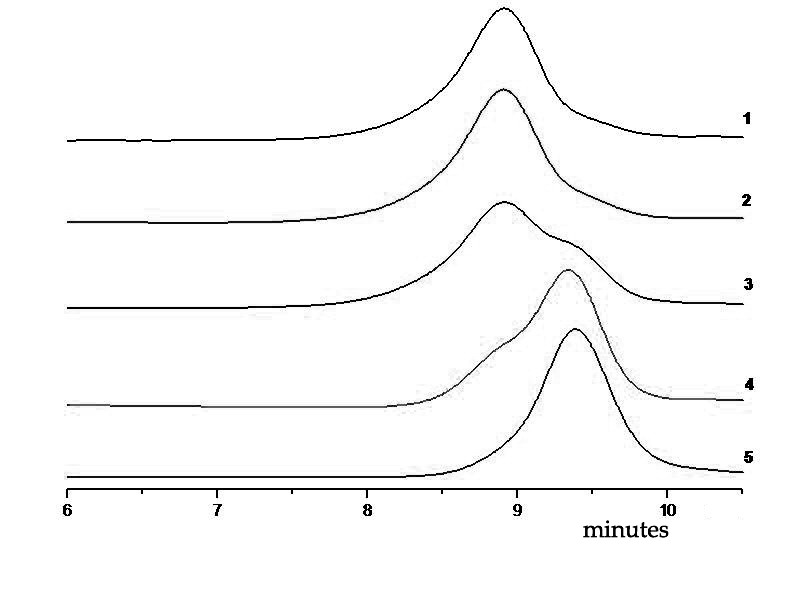

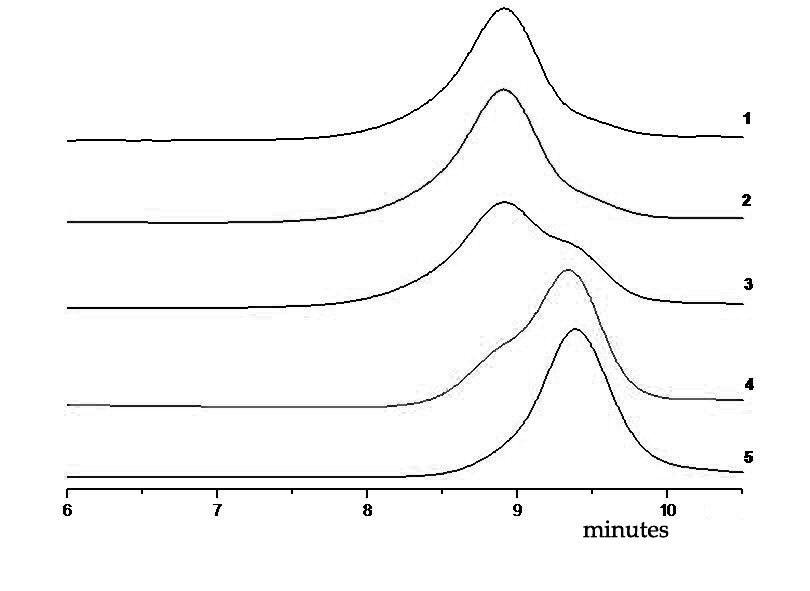
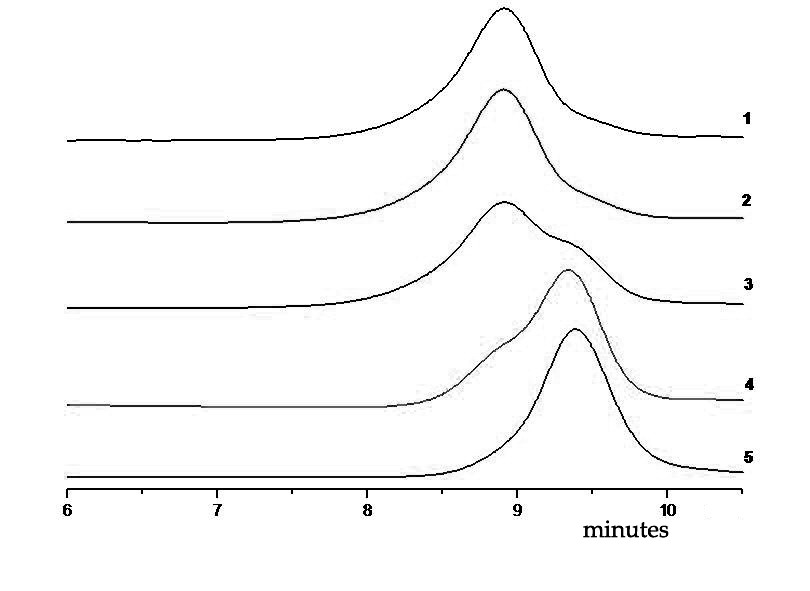

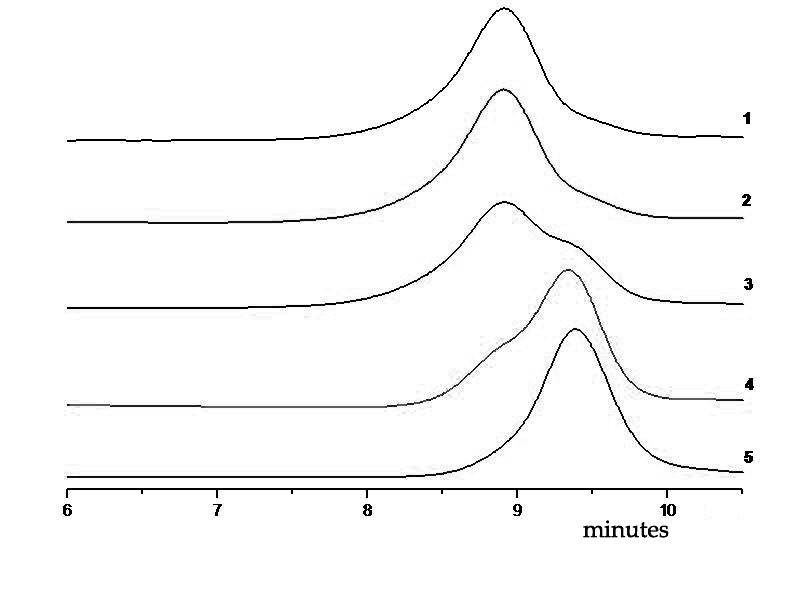
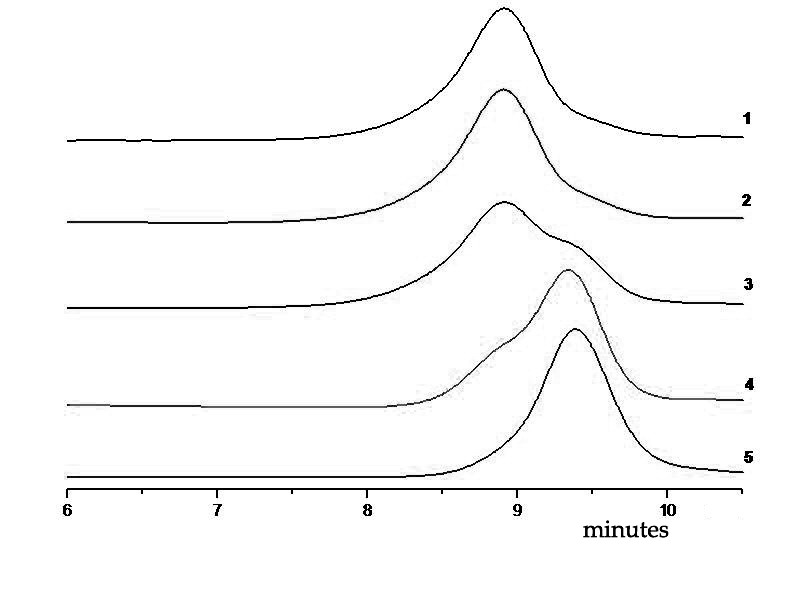










Comments